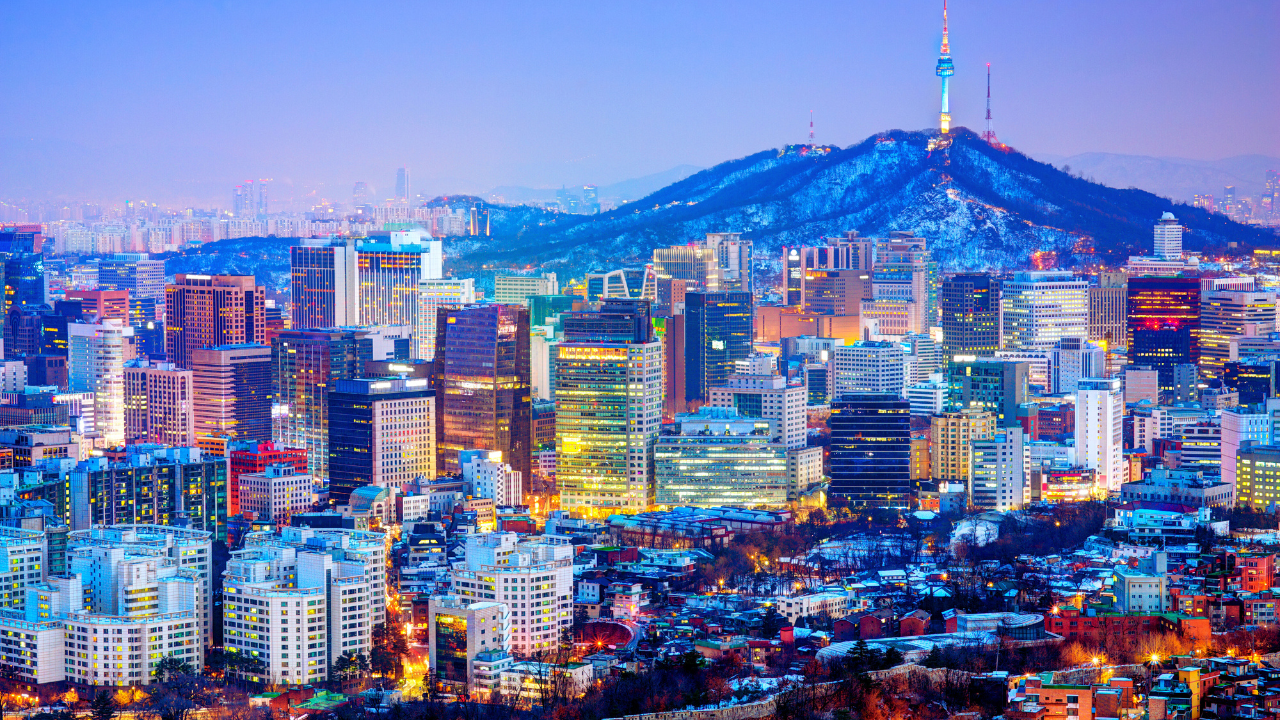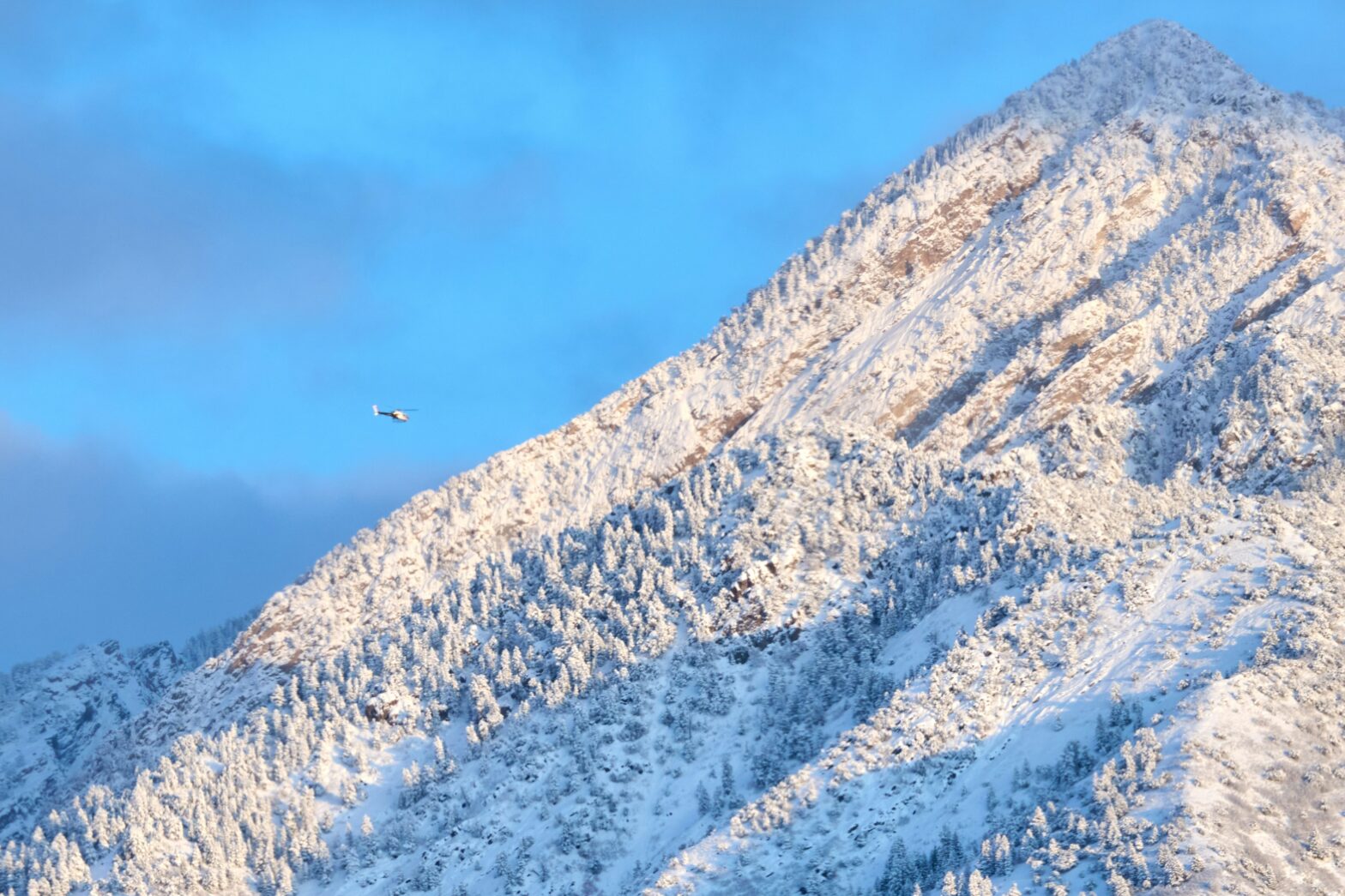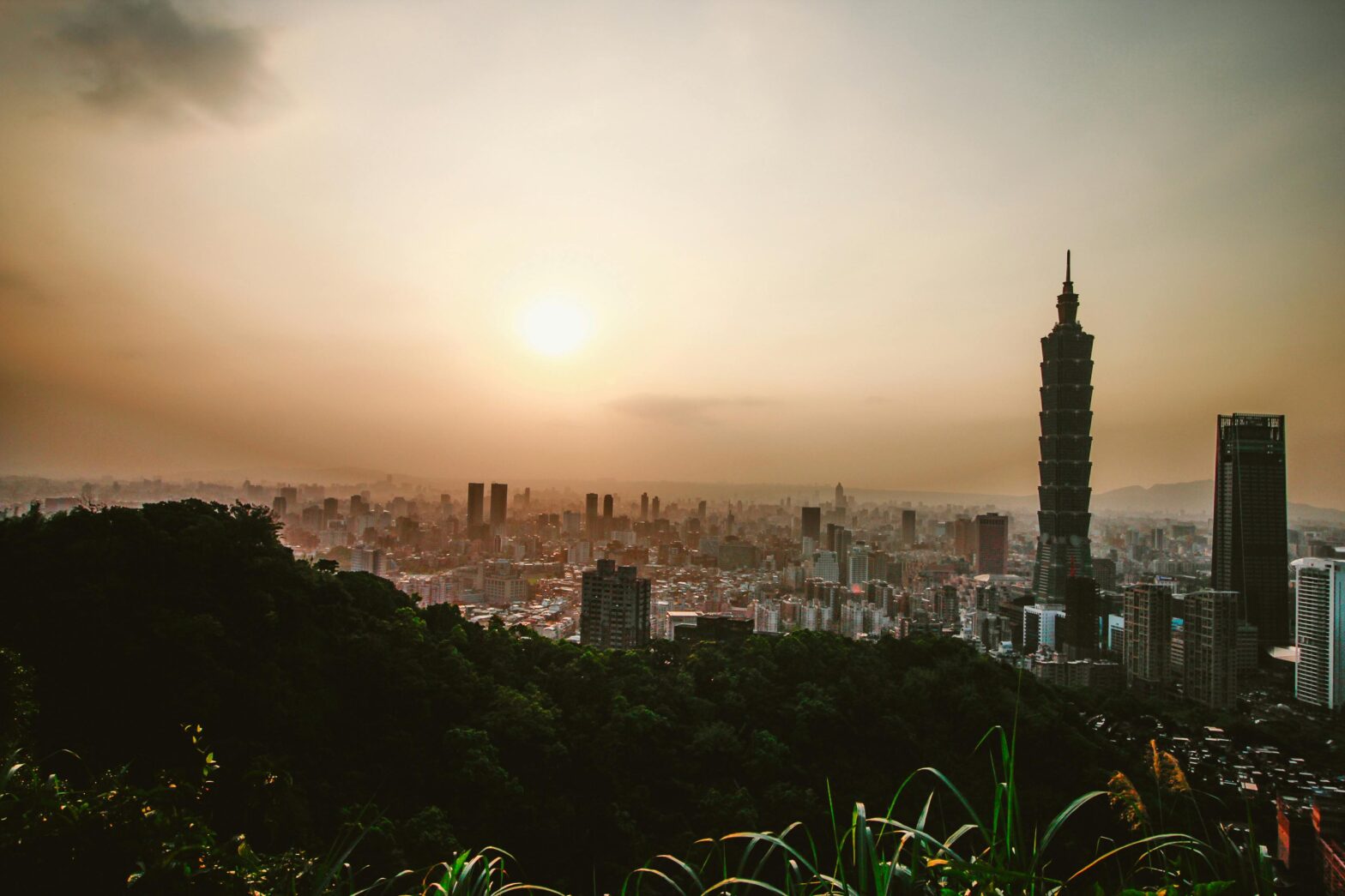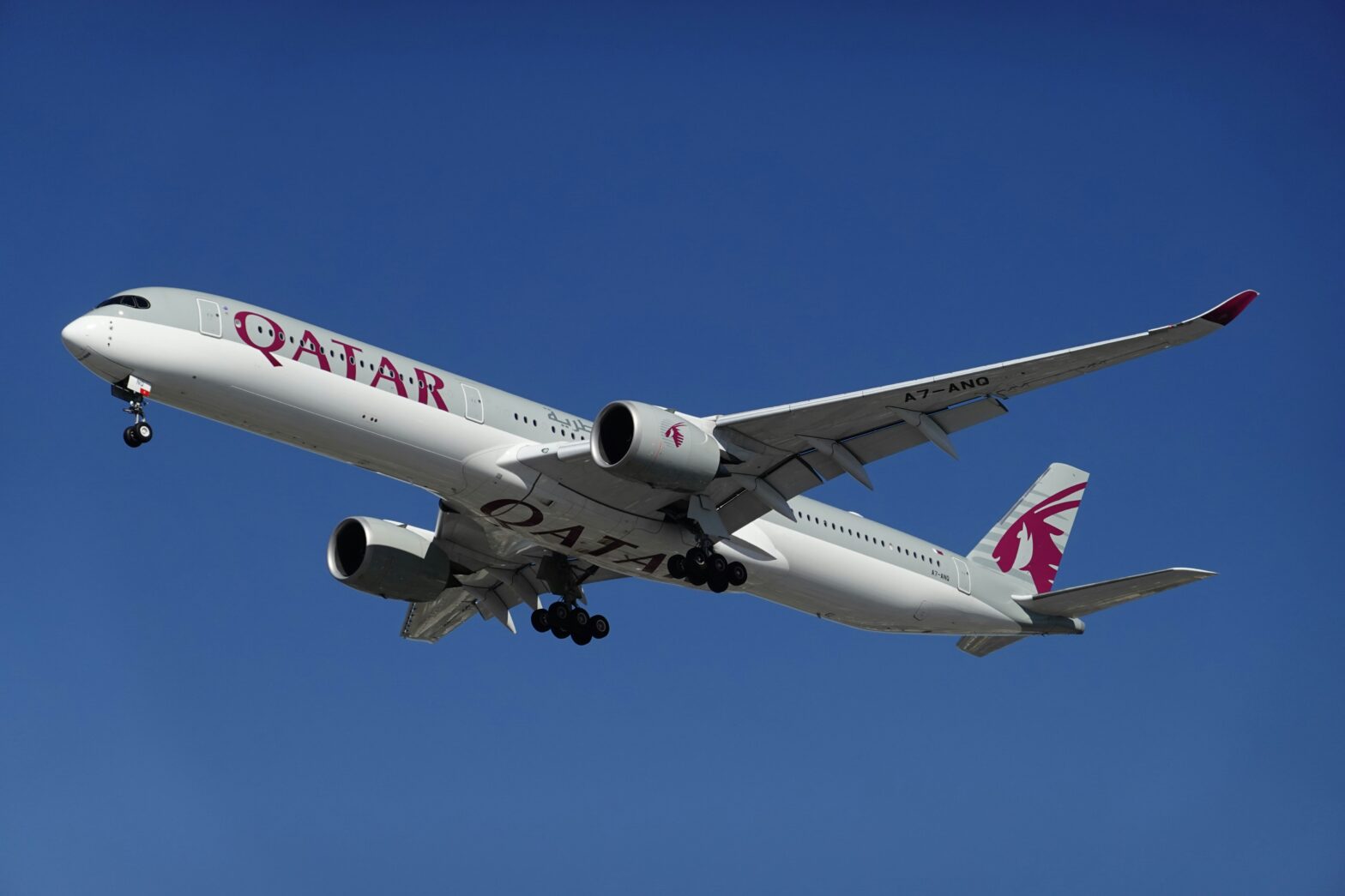On June 2, Mount Etna explosively erupted, causing nearby tourists to urgently flee. The landmark is located on Sicily, Italy’s eastern coast.
Captured on video, the morning eruptions were intense, stunning, and loud. In the footage, visitors are seen in outdoor gear near the stratovolcano. A few recorded the eruption as they fled. However, the majority of visitors solely focused on escaping and reaching safety.
Sudden eruption on Etna volcano! #etna #sicily #volcano pic.twitter.com/WCpwNcQ5U8
— finnbaen (@finnbenedikt) June 2, 2025
There have been no reports of injuries or death. The Weather Channel reported that light ashfall fell over the Piano Vetore area.
In its updates, the Toulouse Volcanic Ash Advisory Center noted that volcanic ash reached an estimated height of over 21,000 feet. By the afternoon, the source reported that an ash cloud, still visible in satellite imagery, was moving in a northwest direction, “but dissipating.”
According to reports, the volcanic ash initially prompted a severe “code red” alert regarding aviation risk. According to Travel and Tour World, the Toulouse authority later downgraded it. The publication said that the code orange warning, established later, signals “that flights can operate but with caution.” Catania–Fontanarossa Airport reportedly remained operational.
“Today’s eruption seemed, at first, similar to others — but what made it stand out was a sudden, powerful boom,” said Mount Etna hiking guide Alessio Zocco, per CNN. “It was a dramatic moment, but fortunately short-lived.”
Zocco continues, “Mount Etna is a majestic and unpredictable force of nature. It commands respect, but it also offers one of the most powerful and awe-inspiring experiences you can witness. With knowledge, preparation, and humility, it’s possible to explore this landscape safely and meaningfully.”
What Else Should Travelers Know About Mount Etna’s Eruption?
The stratovolcano’s eruption is significant, as Mount Etna is Europe’s tallest and most active volcano, standing nearly 11,000 feet high. The historical, cultural, and geological landmark has been a UNESCO World Heritage Site since 2013.
“Mount Etna is renowned for its exceptional level of volcanic activity, and the documentation of its activity over at least 2,700 years,” says UNESCO. “Its notoriety, scientific importance, and cultural and educational value are of global significance.”





